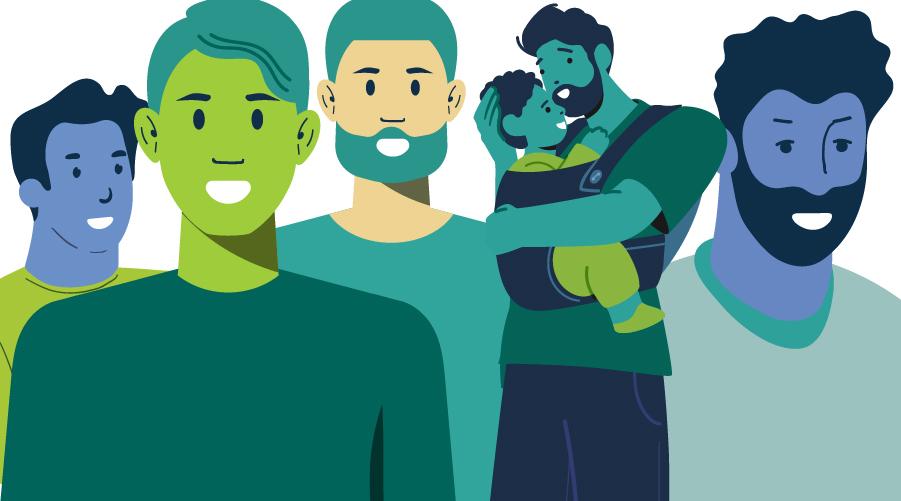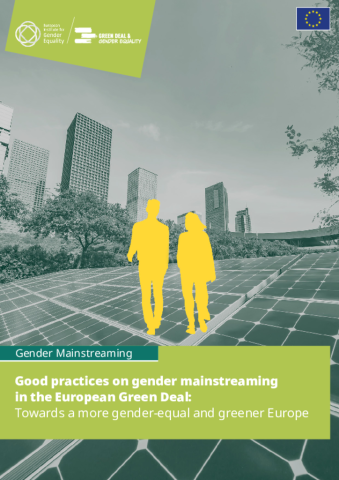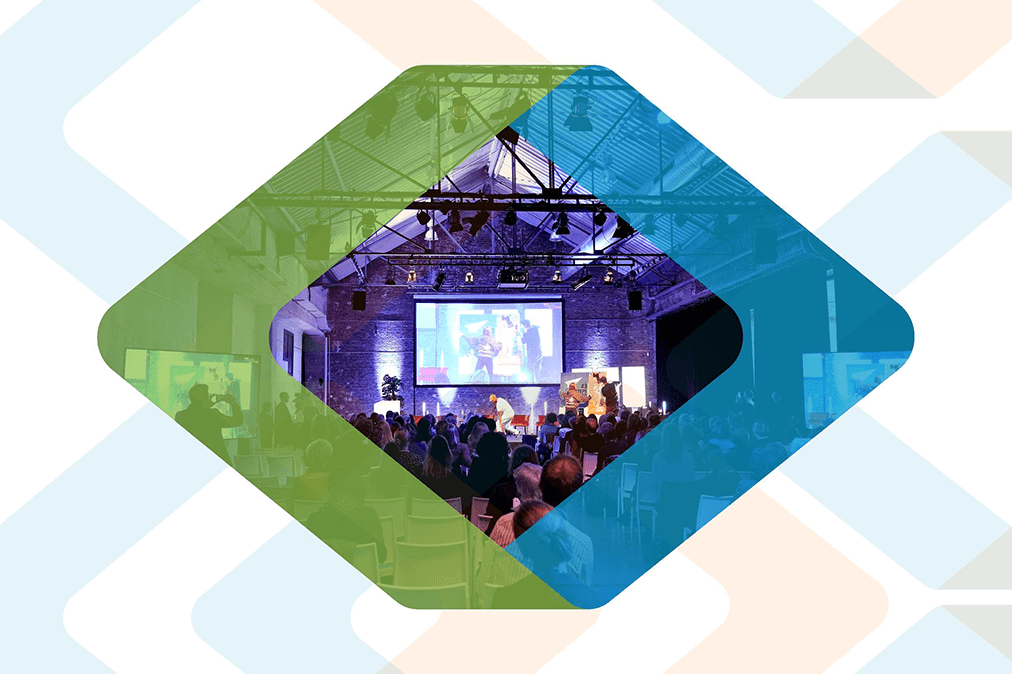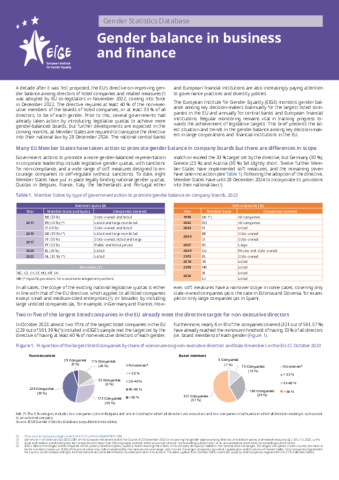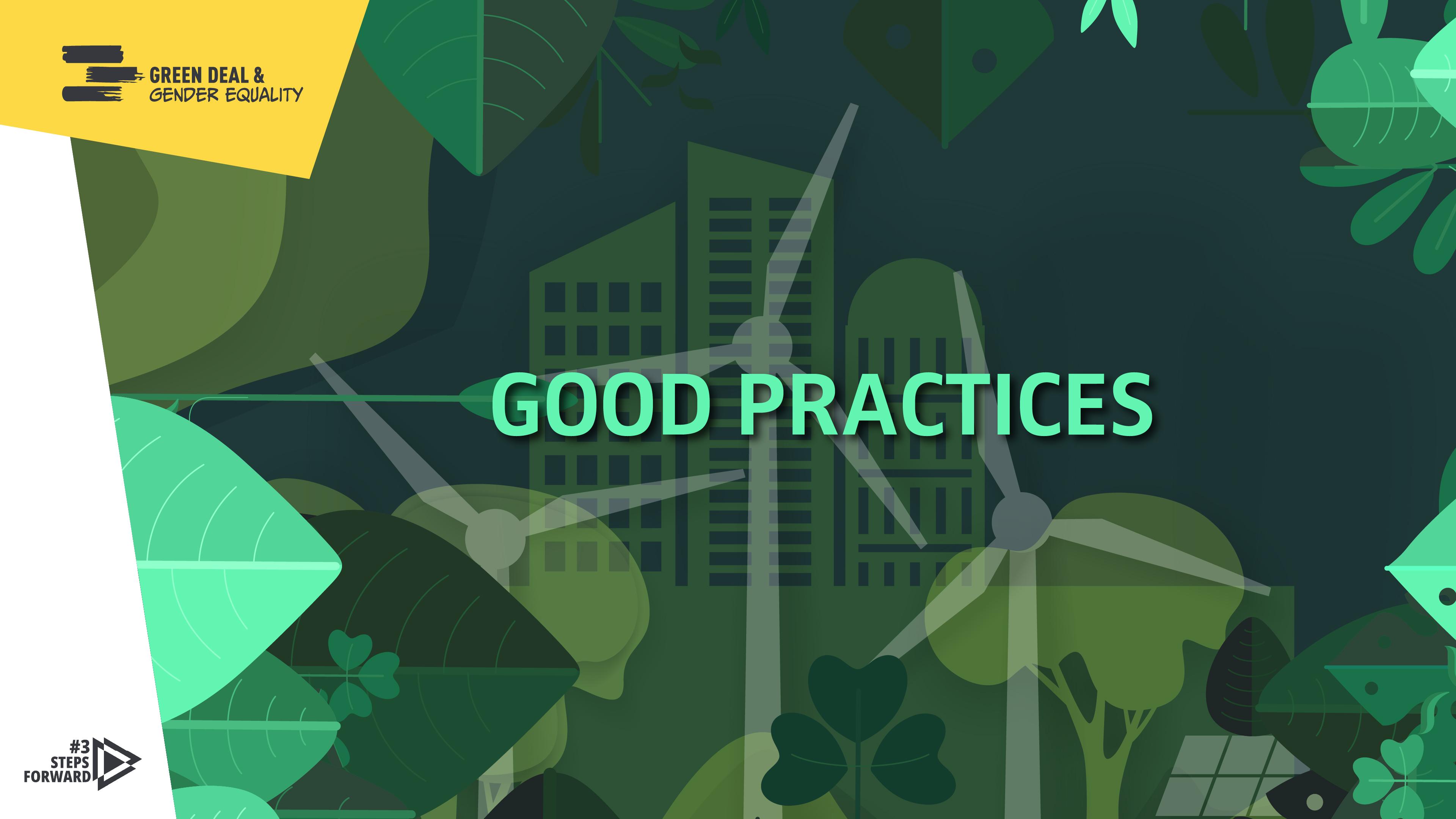
The updated Gender Equality Index shows where Europe stands today. We are moving forward but overall progress is very slow. The EU’s score is just four points higher than ten years ago, now 66.2 out of 100. The top performing country is Sweden with a score of 82.6, while Greece moved to the bottom with 50 points. The award for the most improved country goes to Italy, which made a big leap and gained 12.9 points to place itself at rank 14 on the ladder.
‘We are moving forward at a snail’s pace. We are still a long way off from reaching a gender-equal society and all countries in the European Union have room to improve. In some areas, the gaps are even bigger than ten years ago. Our Gender Equality Index clearly shows whether government policies are matching the specific needs of women and men and whether they are working or not’ said Virginija Langbakk, Director of European Institute for Gender Equality (EIGE).
‘The new results of the Gender Equality Index show that across all areas of life inequality prevails. This means Europe has a duty to act. This year I will propose further measures to help empower women and address the gender pay gap. Equality is not about making women more like men, but about creating an environment where both sexes can have equal choices and fully participate in social, work and family life’, said Věra Jourová, Commissioner for Justice, Consumers and Gender Equality.
The biggest gains for gender equality are in decision-making
The biggest boost for gender equality over the last ten years has been in the area of decision-making, especially in the private sector. This shows that political and public pressure can work and it did well to bring change on private company boards. Although gender equality in decision-making improved by nearly 10 points over the past decade to reach 48.5, it still has the lowest score. This largely reflects the uneven representation of women and men in politics and marks a democratic deficit in EU governance.
This year, the Gender Equality Index presents a new and more comprehensive picture of power. In addition to political and economic decision-making, the results show who rules in the areas of media, research and sports. In the media landscape, there are clearly more women who study journalism (two thirds of graduates) but few make it to the top. The decision-makers in the media are mostly men (women make up 22% of board presidents of public broadcasters in the EU). In the area of research funding, women make up less than a third (27 %) of the heads of research funding organisations. The situation is even worse in the sports sector, where women hold only 14% of top positions in the sports federations across the EU.
Progress stalled – women still do most of the housework
Progress has slipped backwards in 12 countries when it comes to the time use of women and men. Only every third man engages daily in cooking and housework, compared to almost every women (79%). Men also have more time for sporting, cultural and leisure activities. Migrant women have an especially high burden when it comes to caring for family members, compared to women born in the EU (46% and 38% respectively).
Cutting across gender
For the first time, this edition of the Index shows gaps among different groups of women and men. Depending on a person’s age, education, country of birth, disability and family type their life can be completely different to the rest of the population. For example, people with a migrant background are twice at risk of poverty than women and men born in the EU. Young men are missing out on educational opportunities compared to young women and lone mothers have more difficulties to access health and dental services than couples with children.
The Gender Equality Index 2017 is out today! Tune in to watch the results live from Brussels, starting from 9:00 CEST. Follow us on Facebook and Twitter for tweets and updates throughout the day, using the hashtag #EIGEIndex
The Gender Equality Index is a tool to measure the progress of gender equality in the EU, developed by the European Institute for Gender Equality (EIGE). The Index has six core domains - work, money, knowledge, time, power and health – and two satellite domains: violence against women and intersecting inequalities. It gives more visibility to areas that need improvement and ultimately supports policy makers to design more effective gender equality measures.
For more information, please contact Živilė Macijauskienė, zivile.macijauskiene@eige.europa.eu or phone: +370 5 2157 416
Explore the Gender Equality Index 2017 on EIGE's website to find out the score for your country
Download a summary of the findings
Image: Sergey Lavrentev/Shutterstock.com
Downloads
-
Индекс за равенството между половете за 2017 г. — напредък с бавни темпове
- Language
- BG
- File type and size
- PDF, 505.81 KB
-
Ligestillingsindekset 2017: Langsomme fremskridt
- Language
- DA
- File type and size
- PDF, 515.26 KB
-
Gleichstellungsindex 2017: Fortschritte im Schneckentempo
- Language
- DE
- File type and size
- PDF, 560.99 KB
-
Δείκτης Ισότητας των Φύλων 2017: σημειώνεται πρόοδος με πολύ αργούς ρυθμούς
- Language
- EL
- File type and size
- PDF, 509.84 KB
-
Índice de igualdad de género 2017: avances a paso de tortuga
- Language
- ES
- File type and size
- PDF, 512.79 KB
-
Soolise võrdõiguslikkuse indeks 2017: edasiliikumine on aeglane
- Language
- ET
- File type and size
- PDF, 496.87 KB
-
Vuoden 2017 tasa-arvoindeksi: edistystä etanan vauhdilla
- Language
- FI
- File type and size
- PDF, 489.45 KB
-
Indice de l’égalité de genre 2017: des progrès à pas de tortue
- Language
- FR
- File type and size
- PDF, 523.83 KB
-
An tInnéacs Comhionannais Inscne 2017: Níl ach dul chun cinn an-mhall go deo á dhéanamh
- Language
- GA
- File type and size
- PDF, 510.94 KB
-
Indeks ravnopravnosti spolova 2017.: vrlo spor napredak
- Language
- HR
- File type and size
- PDF, 502.65 KB
-
A nemek közötti egyenlőség 2017. évi mutatója: Csigaléptékű előrehaladás
- Language
- HU
- File type and size
- PDF, 524.5 KB
-
L’indice sull’uguaglianza di genere 2017: progressi a passo di lumaca
- Language
- IT
- File type and size
- PDF, 513.02 KB
-
2017 m. Lyčių lygybės indeksas. Pažanga sraigės greičiu
- Language
- LT
- File type and size
- PDF, 522.05 KB
-
Dzimumu līdztiesības indekss 2017. gadam: ļoti lēns progress
- Language
- LV
- File type and size
- PDF, 511.24 KB
-
L-Indiċi tal-Ugwaljanza bejn is-Sessi 2017: Progress bil-lajma
- Language
- MT
- File type and size
- PDF, 641.04 KB
-
Gender Equality Index 2017: Met een slakkengang vooruit
- Language
- NL
- File type and size
- PDF, 521.61 KB
-
Wskaźniki równouprawnienia płci 2017 r.: Powolny postęp
- Language
- PL
- File type and size
- PDF, 527.36 KB
-
Índice de Igualdade de Género 2017: Progresso a passo de caracol
- Language
- PT
- File type and size
- PDF, 520.99 KB
-
Indicele egalității de gen 2017: Un progres lent
- Language
- RO
- File type and size
- PDF, 518.1 KB
-
Index rodovej rovnosti 2017: Napredovanie slimačím tempom
- Language
- SK
- File type and size
- PDF, 518.09 KB
-
Indeks enakosti spolov za leto 2017: napredek po polžje
- Language
- SL
- File type and size
- PDF, 500.62 KB
-
Jämställdhetsindex 2017: Framsteg med snigelfart
- Language
- SV
- File type and size
- PDF, 513.7 KB
-
Index rovnosti žen a mužů, 2017: pokrok šnečím tempem
- Language
- CS
- File type and size
- PDF, 511.69 KB
